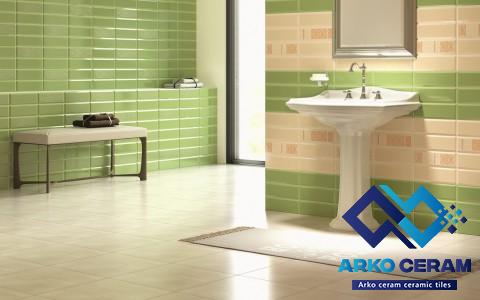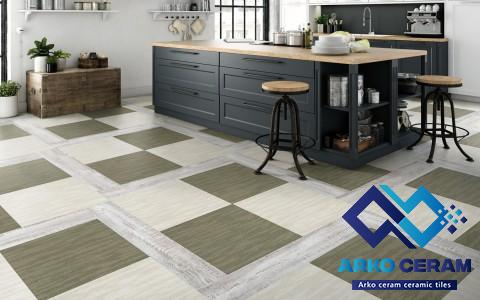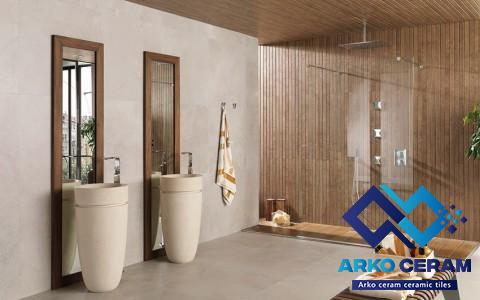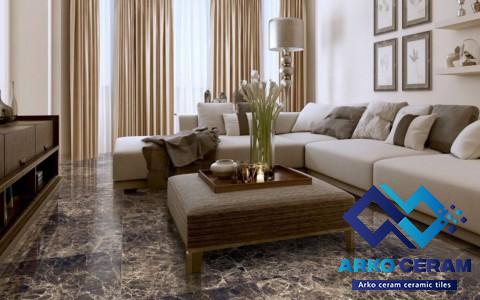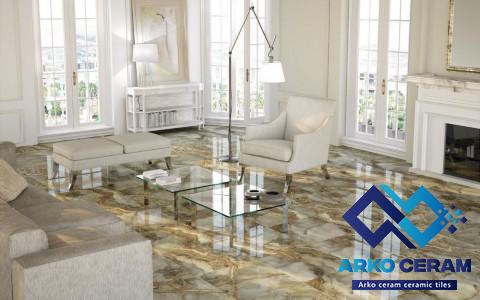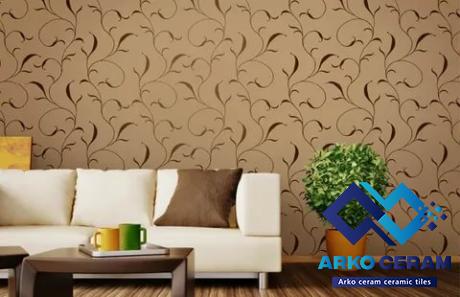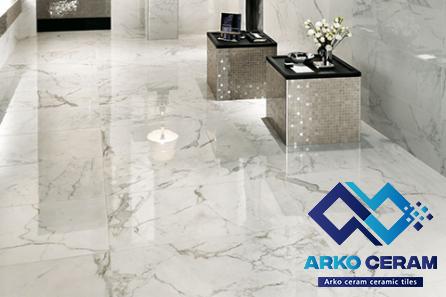Bathroom floor tiles vintage maintenance
Naturally, bathroom floor need periodic cleaning and maintenance
If you have vintage or antique ceramic tiles for flooring, you may need assistance cleaning them without causing damage
Once vivid hues may have been dulled and aged by dirt and dust
The moment for cleaning has come
Before using bleach and a scrub brush, you need know how to clean old tiles
This will preserve the attractiveness of the space, extend the life of the floor, and prevent tile damage
Use a soft, soft-bristled broom to sweep the entire room
Be mindful of grout when sweeping
You shouldn’t exert too much force in these areas, particularly if you haven’t grouted the floor in 10 to 15 years or when air holes/cracks appear
If you’re historic floor tiles are delicate, use a dust mop instead of a broom
Do not soak antique floor tiles with water when cleaning them
Vintage encaustic tiles that are porous might absorb cleansers and chemicals
Wipe tiles with a warm cloth to reduce the amount of water required
Scrubbing may compromise the structure of the tile
Before beginning this step, test the cleaner on a tile or area sample
There are abrasive and acidic cleaners
As different types of tiles have varying sensitivity to cleaning solutions, including chemicals, it is advisable to test a small area beforehand
If there are no issues, clean the remainder of the floor
To prevent oversaturation of antiqued tiles, spray cleaning solution
After using the cleaner, rinse the tile with warm water
There are several techniques to dry the floor
Dry the tile by hand with a dry, nonabrasive towel
This method assures that no liquids or solvents remain on the tile
Utilize a fan and dehumidifier to dry tile
Avoid placing a dehumidifier on the floor when using it
Antique tile flooring shouldn’t be air-dried
Due to the sponge-like nature of some older tiles, leaving them to air dry may cause them to collect water instead of the room
This can damage tile or grout
Apply a clear coating to old floor tiles after cleaning them to extend their life
Occasionally, transparent floor enamel is used
Depending on the type of antique tile floor, clear wax may be applied
Call us first if you’re uncertain which protective coating to put on your tile floor

Tile
restoring vintage tile
restoring the vintage tile needs special attention and caution
The first-time removal of a historic hallway carpet in a Victorian home is likely to cause a noticeable increase in heart rate
The intention is that the original item will be disguised by a once-popular choice of floor covering
If the edge reveals the Holy Grail, the original floor tiles, one’s hopes are raised
The majority of the original tiles will have experienced some wear and tear; thus the level of excitement may decrease considerably
On the other hand, the present occupants view the challenge as a fantastic chance to fall in love with a house that has served generations
The task at hand becomes a labor of love, and completing it will definitely need a great deal of effort and affection
The antiquated practice of washing tiles on hands and knees has lost its allure over time
Soiling would have permeated the tile’s porous surface, and prior coatings such as wax or sealants would have deteriorated and broken down, allowing dirt to enter the surface
A tile must be thoroughly cleaned when its surface seems dull and dirty
Embedded muck is commonly caused by construction projects, and things such as cement residue and old carpet adhesive become absorbed into the surface
A thorough cleaning should eliminate the majority of the issues; nevertheless, some of these particles may be difficult to remove
Some types of tiling can be lightly resurfaced, but extra caution must be exercised to avoid removing color and detail
Begin by safeguarding neighboring surfaces, donning the proper PPE, and doing a small test patch in an inconspicuous area to ensure the tiles are not damaged
Scrubbing the floor with a machine or by hand should eliminate surface impurities; but, due to the porous nature of the tiles, a wet vacuum cleaner to gather the ensuing slurry will be of great assistance
If you remove the slurry without one, make careful to often refresh the water in the mop
This step’s objective is to clean the old floor tiles

Flooring bathroom tiles trade
antique reproduction tiles
Antique tiles are becoming trendy and reproduction of these tiles are becoming common among the manufacturers
This may be advantageous for those who sell salvaged old tiles, but it may also be bad
Due to the increasing popularity of antique tiling, several imitators are selling their freshly manufactured tiles as authentic antique varieties
Those who spend a great deal of money on historic tiles for their homes may obtain a beautiful imitation, but not the originals
Here are several strategies for recognizing antique tiles, as nobody like having to deal with that
Authentic antique tiles were not mass-produced like they are now, which is one of the first things you will notice
Thousands of identically-designed tiles are being produced by machines every hour by the thousands
Due to the lack of available machinery, ancient tiles were created by hand
As a consequence, there will be no duplicate wall tiles
Examine other tiles attentively and take note of any minute differences, such as size and pattern composition, as an indication of the authenticity of your purportedly antique tile
A genuine recovered tile will have been sealed and worn for many years; as a result, the color variations and patina will have an aged, worn appearance as opposed to vivid hues in the patterns
Often, an expert is required to demonstrate the authenticity of historical tiles by studying the materials used in their construction
In contrast, the average customer has an advantage against certain fraudulent vintage tile manufacturers
When purchasing tiles, it is advantageous to pose specific inquiries
Cork, glass, concrete, and other composite materials are utilized in contemporary construction
Antique cement tiles differ from modern tiles because tile makers were limited to easily available materials at the period
Authentic cement encaustic tiles are made from high-quality marble dust, cement, sand, and natural color pigments
This suggests that slight color tone variations may exist
Each batch of salvaged tile is painstakingly collected from an antique structure, yet there will be chips and differences due to aging
This variety is what makes them so beautiful, and the finish is a one-of-a-kind character that can never be recreated in new tiles
Once grouted, the chips are filled, adding to the appearance of realism
Authentic encaustic tiles feature a design and color that flow into the tile, as opposed to only on the surface

Decorative bathroom tiles
restoring old bathroom tiles
For restoring your bathroom old tiles, you must first thoroughly clean them
Although this should be a routine task, most people just do not have the time to thoroughly clean the bathroom wall tiles and floor tiles
After all, it may be a laborious and time-consuming process
However, if you’re wondering how to clean bathroom tiles enough to bring them back to life, the following are some of the most practical and efficient techniques
Before cleaning, you should always run hot water in your bathroom for a few minutes, regardless of the cleaning product you choose
This allows the ceramic pores of your tiles to expand, so exposing them and facilitating easier access to the dirt
To maintain the tile’s surface, avoid using excessive pressure when cleaning and instead use a gentle, continuous brushing stroke
After using the solution for a time, rinse it well with clean, fresh water and dry it with a towel
Do not forget to clean the grout between the tiles in the bathroom, since here is where mold and scum may quickly build and destroy the appearance of the space
Because of the shape and size of grout, we recommend applying and rubbing cleaning solutions with a toothbrush to reach all problem areas
If you’re seeking for a natural yet efficient approach to clean your old bathroom tiles, baking soda and vinegar can become your bathroom’s closest friends
Depending on the intensity of the filth and grime accumulation on your tiles, you may either sprinkle them with baking soda or use a nonabrasive brush or sponge to remove it for a quick and simple finish
If you desire a more potent revitalization or want to target specific problem areas, you may introduce a stronger solution by combining baking soda and vinegar to produce a thick paste
Apply this paste instead, then wipe with a non-abrasive sponge to protect the tiles from scratches and chips

Ceramic porcelain floor tile
restoration tile
for installation simplicity, we recommend restoration of the tiles
the tile is arranged in interlocking and repeating sheets
the majority of designs have a sheet guide
if sheets need to be cut, do not use a wet saw
cut the mounting paper with a knife or tear the sheets by hand
on a well-supported and flat substrate, the tile should be installed with a Portland cement-based mortar (thin-set)
the trowel used to distribute mortar should be 1/16″ or 3/32″ wide to provide complete subfloor coverage while conforming to the manufacturer’s open-time requirements
the tile sheets should be placed into the fresh mortar and then tapped with a wooden block to provide a flat surface and good contact with the mortar
the installer is responsible for ensuring that the spacing between the sheets and dislodged tiles corresponds to the sheet mounting gap
if you have a border and a field, we advise beginning with the corners and border tiles
before grouting the tile, apply two coats of grout release to the surface after the mortar has dried
this is especially true for highly pigmented black grouts
we highly discourage the use of black grout
porcelain tile without a glaze is, by definition, impermeable
on the other side, the unglazed surface is microscopically rough and may cause grouting troubles
always adhere to the manufacturer’s directions for grouting
the sanded grout will not separate from the antique square-edged tiles and closely replicates the old installation method, in which mortar was pressed between the tiles and slabs to make grout
in the past, the color would have been a medium gray
using any other type of grout except sanded grout is totally at your own risk
follow the manufacturer’s instructions for cleaning
as the grouting of the floor progresses, the surface should be cleaned
after completing the final cleanup, cover the surface from traffic and other activities with thick paper
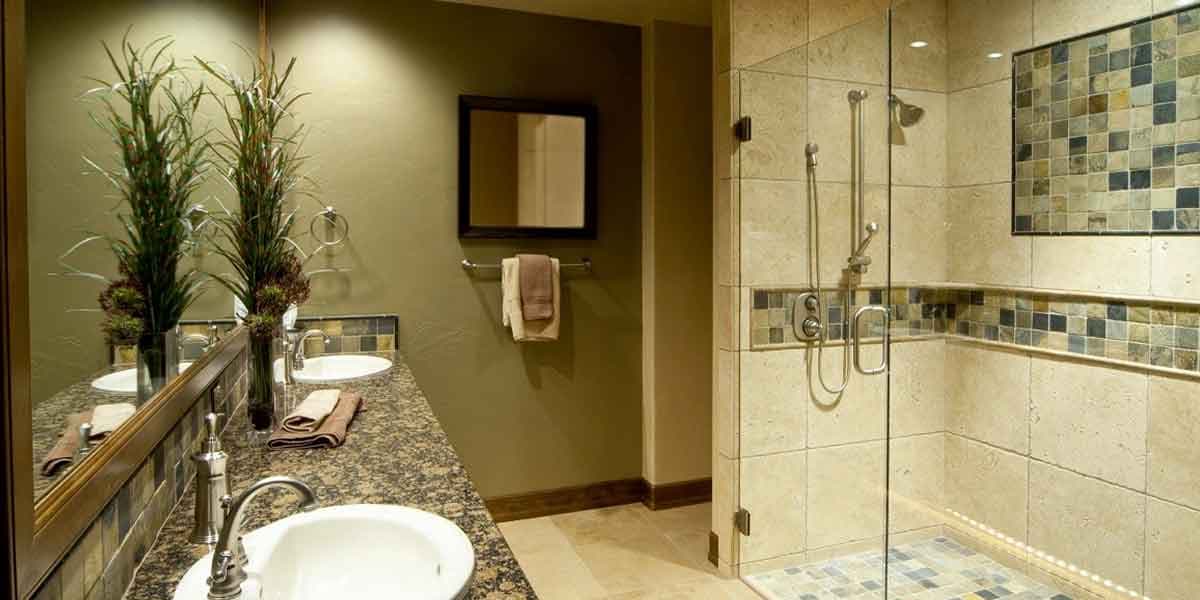
tile floor restoration
Even though your floor tile is old, you don’t necessarily have to replace them
Sometimes, a little restoration and some cleaning and polishing chemicals are all that is required to bring historic tiles back to life
Your motto should be “repair prior to replacement
” Discover the beauty hidden behind the dust and restore the brilliance of your tiles while saving a substantial amount of money
Sweep, vacuum, and mop the floor
You’d be amazed at how much money a good sweeping can generate
Cleaning the filth from your old flooring is an excellent starting point
Generally, grime on your tiles may be easily removed by washing, sweeping, and vacuuming
After the dust and dirt have been cleaned, you may examine the damage, stains, and other problems
Mix two tablespoons of mild dishwashing or detergent soap with four liters of water in a bucket
Mix well, then add additional warm water
Utilize a mop or a towel
After soaking in the soap mixture, begin mopping
Scrub excessively soiled portions of the floor using a soft-bristled cleaning brush to remove dirt and grime
Soak the dirt for several minutes in the soap solution before continuing to mop
Try a DIY or commercial stain remover for stains that are tough to eliminate
Before applying the stain remover, you will need to clean and dry the tile the majority of the time
Depending on the severity of the stain, you may need to leave the solution on for a few minutes or even many hours
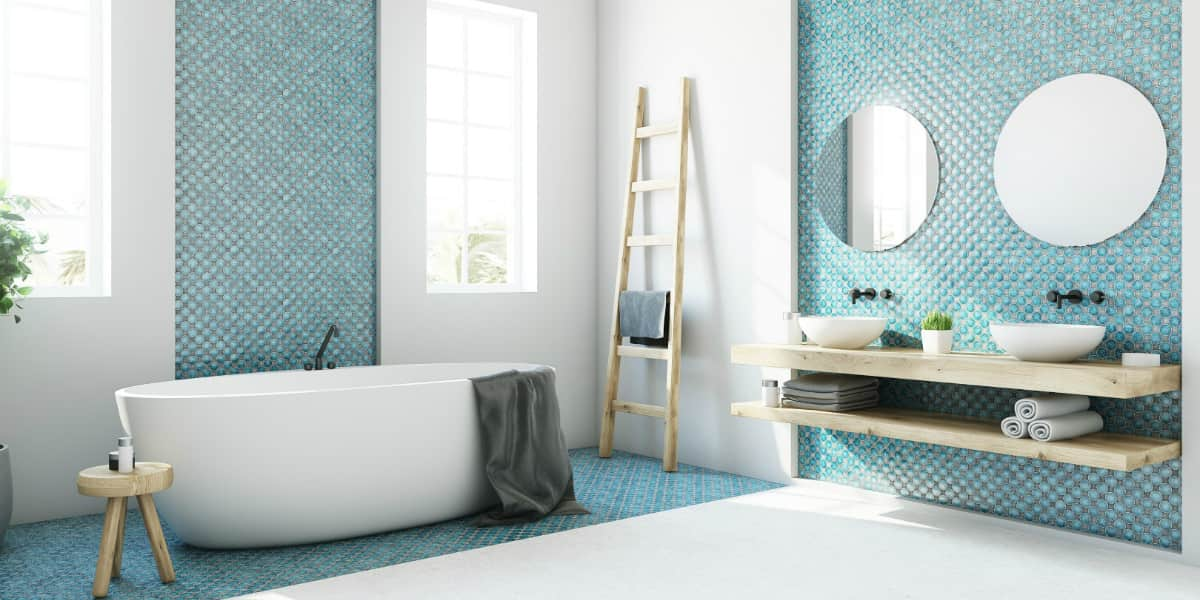
This will slow down the cleaning process, but it is essential for restoring the luster of your ancient tile flooring
Rinse with clean, cold water
Rinse vigorously to remove any remaining soap and grime
Rinse your mop often to prevent the spread of dirty water
Using a broom and a bucket might help you rapidly remove the dirty water
Use fillers to repair holes and fissures
Allow to dry before cleaning
To dry the clean floor, use a clean, dry towel, another dry mop, or a chamois
Allow it to dry thoroughly and breathe for at least two hours
Apply a polishing or shining agent
Utilize a mop or an electric polisher to make your tile flooring gleam
Use a tile sealant with a high sheen for further shine and protection
Our sales managers can give you the best advice on restoring the old tiles and slabs, just contact us for more information

